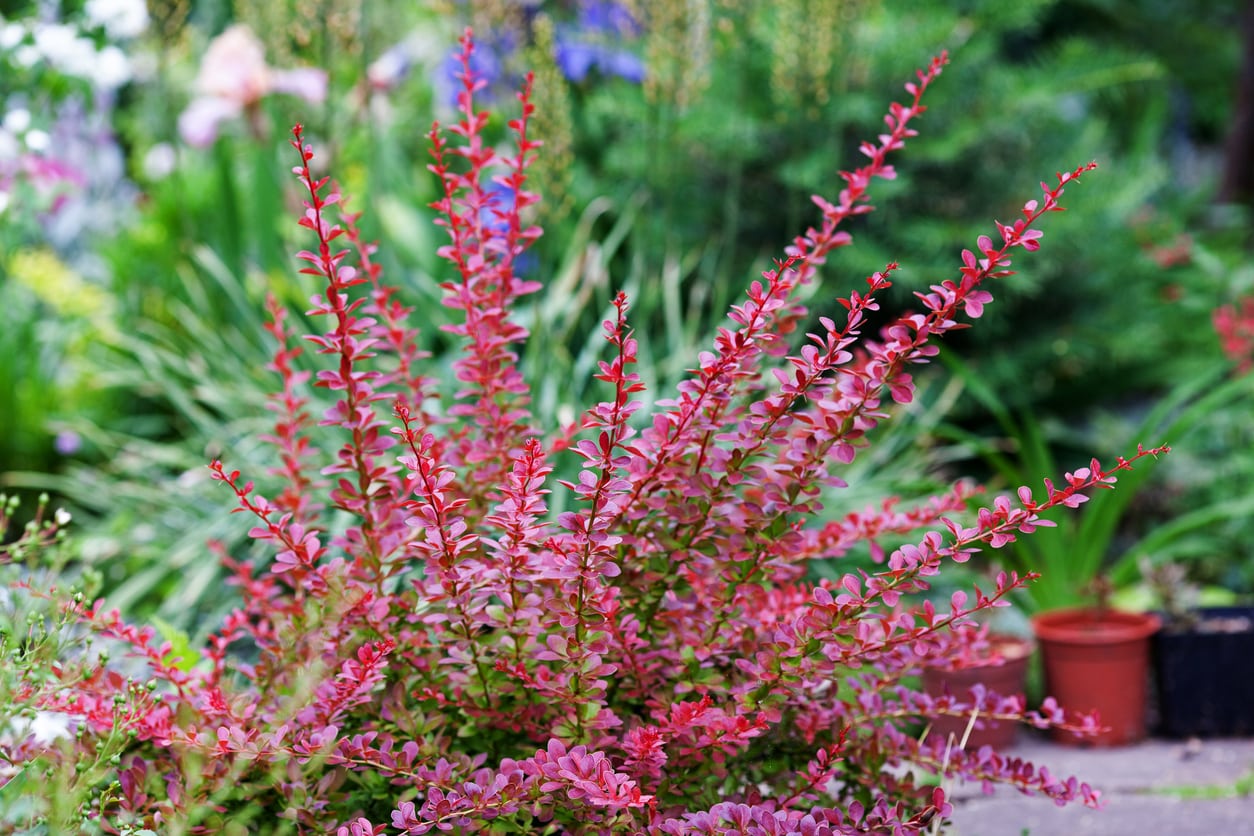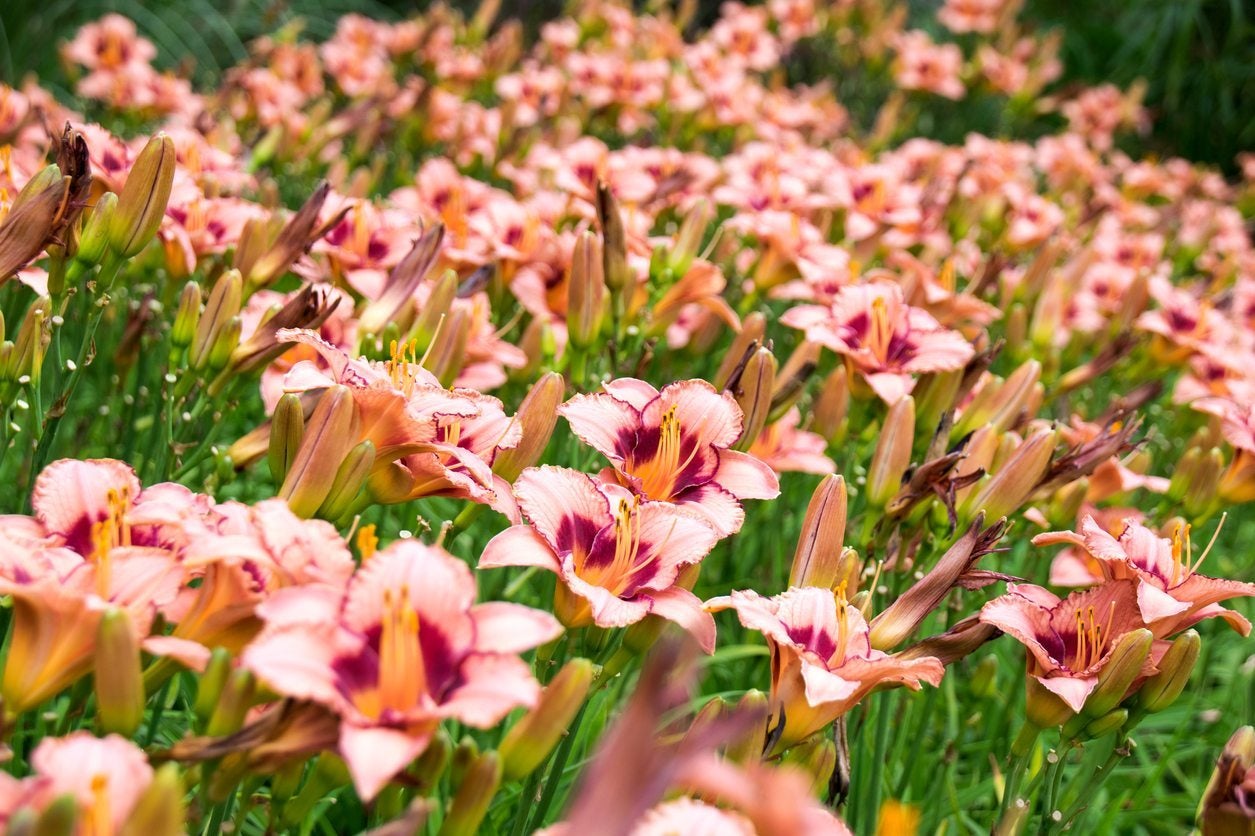Best plants for zone 9 – Embark on a botanical journey through Zone 9, a land where nature’s artistry flourishes amidst the sun-kissed landscapes of California. Discover the best plants that thrive in this Mediterranean paradise, each boasting unique characteristics and benefits that will transform your garden into a vibrant oasis.
From blooming wonders to stately trees and lush groundcovers, our comprehensive guide unveils the secrets of gardening success in Zone 9, empowering you to create breathtaking outdoor spaces that reflect the region’s natural beauty.
Plant Varieties: Best Plants For Zone 9

Zone 9, characterized by its mild, Mediterranean-like climate, offers a wide range of plant varieties that thrive in its unique conditions. These plants boast specific characteristics and benefits, making them ideal choices for gardeners in this region.
From vibrant flowers to lush shrubs, towering trees to versatile groundcovers, zone 9 offers a diverse array of plant options to enhance any landscape.
Flowers
Zone 9’s warm temperatures and ample sunshine provide the perfect environment for a variety of flowering plants. These include:
- Bouganvillea: Known for its vibrant, papery bracts that come in a range of colors, including pink, purple, and orange.
- Hibiscus: Produces large, showy flowers in various hues, including red, yellow, and pink. It is a popular choice for hedges and screens.
- Oleander: A drought-tolerant shrub that blooms with clusters of fragrant flowers in shades of white, pink, and red.
Shrubs
Zone 9 offers a diverse range of shrubs that provide year-round interest. Some popular choices include:
- Camellia: Known for its glossy evergreen foliage and showy, rose-like flowers that bloom in winter.
- Azalea: A low-growing shrub that produces masses of colorful flowers in spring. It prefers acidic soil conditions.
- Rosemary: An aromatic evergreen shrub with needle-like leaves and small, blue flowers. It is a popular culinary herb.
Trees
Zone 9’s mild climate allows for the growth of a wide variety of trees, including:
- Jacaranda: A deciduous tree with fern-like leaves and stunning blue flowers that bloom in spring.
- Olive: An evergreen tree known for its silvery-green foliage and edible fruit. It is a drought-tolerant species.
- Citrus: A group of evergreen trees that include oranges, lemons, and grapefruit. They thrive in warm, sunny conditions.
Groundcovers, Best plants for zone 9
Groundcovers are essential for suppressing weeds and adding color and texture to landscapes. Zone 9 offers several options, including:
- Creeping Jenny: A low-growing groundcover with bright green foliage that forms a dense mat.
- Vinca minor: A trailing groundcover with glossy evergreen leaves and blue flowers that bloom in spring.
- Ajuga: A low-growing groundcover with colorful foliage and spikes of blue flowers in spring.
Landscaping Applications

Zone 9 plants offer a wide range of options for landscaping applications due to their adaptability and diversity. These plants can be incorporated into various landscaping scenarios to enhance the aesthetics, functionality, and sustainability of outdoor spaces.
One common application is privacy screening. Fast-growing shrubs and trees like Pittosporum tobira or Cupressus macrocarpa can be planted in rows to create a dense hedge that provides visual barriers and reduces noise pollution.
For erosion control, plants with extensive root systems like Westringia fruticosa or Ceanothus impressus are ideal choices. Their roots help bind the soil, preventing erosion and maintaining soil stability, especially on slopes or in areas prone to erosion.
Attracting wildlife is another important aspect of landscaping. Native plants like Salvia mellifera or Ceanothus species provide nectar and pollen sources for butterflies, bees, and hummingbirds, creating a vibrant and ecologically diverse garden.
Plant Combinations and Design Ideas
When selecting plants for landscaping in zone 9, it is essential to consider their compatibility and aesthetic appeal. Some popular plant combinations include:
- Pittosporum tobira (Japanese privet) with Lantana camara (lantana) for a colorful and fragrant hedge.
- Cupressus macrocarpa (Monterey cypress) with Salvia mellifera (black sage) for a drought-tolerant and wildlife-friendly screen.
- Westringia fruticosa (coastal rosemary) with Ceanothus impressus (Carmel ceanothus) for erosion control and a vibrant display of blue and purple blooms.
In terms of design ideas, zone 9 plants can be used to create formal gardens, informal landscapes, or Mediterranean-inspired outdoor spaces. Formal gardens can incorporate symmetrical rows of clipped shrubs like Buxus sempervirens (boxwood) or Ilex crenata (Japanese holly). Informal landscapes can feature a mix of native plants, flowering shrubs, and trees arranged in a natural and unstructured manner. Mediterranean-inspired gardens can be characterized by the use of drought-tolerant plants like rosemary, lavender, and olive trees, often combined with hardscaping elements like stone walls and terracotta pots.
Growing Conditions
Plants in zone 9 thrive in warm, temperate climates with ample sunshine and well-drained soil. They prefer a pH range of 6.0 to 7.0.
Soil Type
Ideal soil for zone 9 plants is well-drained, fertile, and rich in organic matter. It should have a loose, crumbly texture that allows water to penetrate easily while providing good aeration for root growth. Amend heavy clay soils with compost or sand to improve drainage.
Sunlight Requirements
Most plants in zone 9 require full sun, which means at least 6 hours of direct sunlight per day. Some plants, such as ferns and begonias, prefer partial shade, especially during the hottest part of the day.
Watering Needs
Water plants deeply and regularly, especially during the hot, dry summer months. Allow the soil to dry out slightly between waterings to prevent root rot. Mulch around plants to retain moisture and suppress weeds.